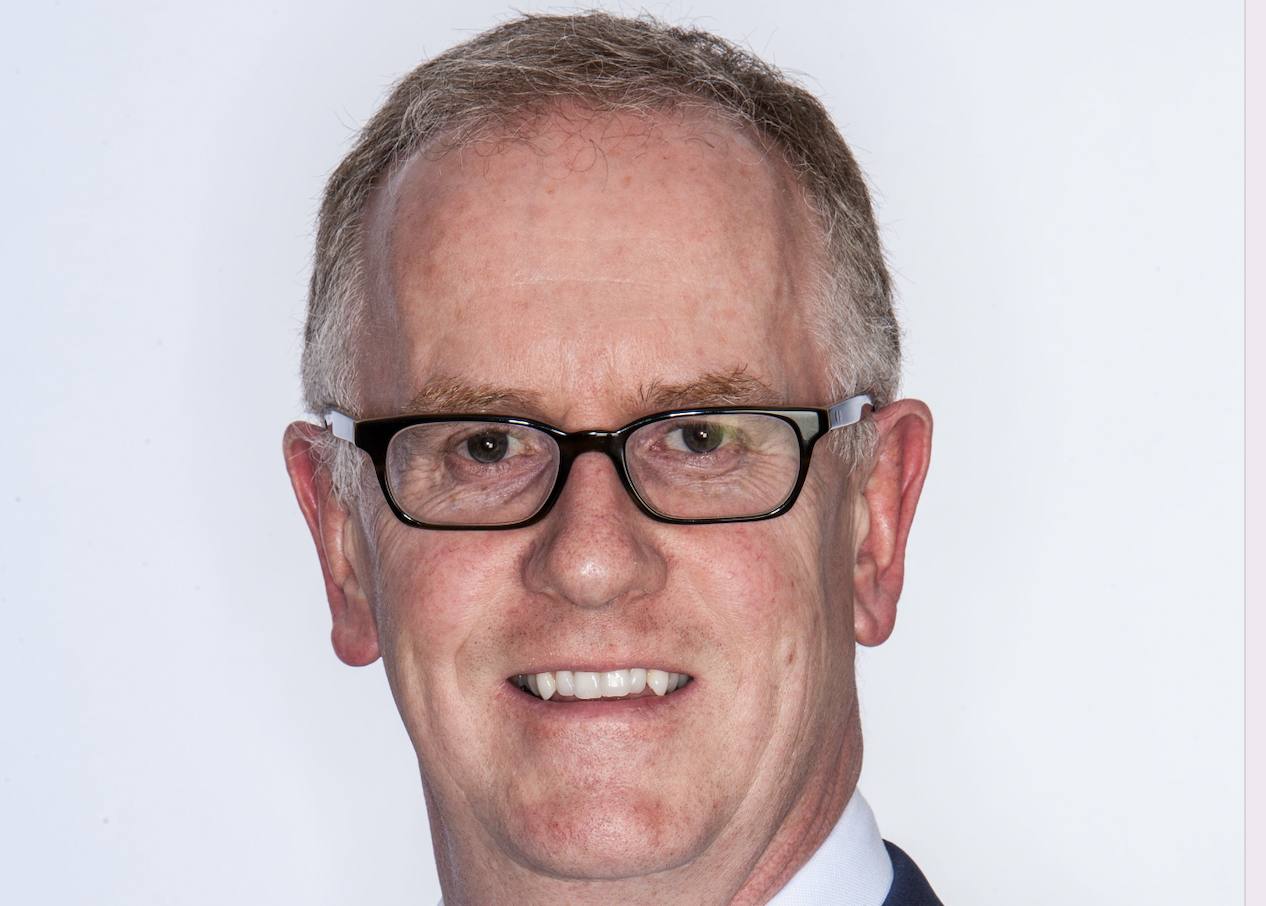
Industry data showing the strength of flows into the IA Targeted Absolute Return sector makes the eyes twitch. Add in flows to the newer diversified multi-asset growth or income funds over the past two years, with new launches announced almost daily, and the eyes really start to water.
It is understandable why there is currently widespread appeal – after all, the rise in value of financial assets has confounded many. In addition, products that purport to offer investment-precision outcomes – with diversification and reduced volatility – chime well with a cautious investor base, and are easy on both financial advisers’ and their clients’ ears.
In theory, such investment precision or ‘cash plus X’ outcomes that try to minimise volatility tick many boxes. However, clients with long-term investment horizons need to recognise that to achieve their investment objectives, risk needs to be embraced sensibly and not necessarily minimised.
Doubtless there are some good investors operating in these comparatively new areas of investment who do possess the set of skills required to take on the added complexity of such products.
However, we know from our own research that even in single conventional IA sectors with long-standing histories consistency is a rare commodity. To argue that one has sufficient insight to choose which markets to be in and where to be absent is asking a lot. On top of that, add complexities over which currency to be biased towards, what alternative assets might fit the bill and which derivative overlays might be appropriate, and then optimise it all.
Be very clear, the jury is out on many of these products that sit in this burgeoning area. The more recent evidence is not overly supportive in many cases. The mean return in the IA Targeted Absolute Return sector across 2016 was just 1 per cent and over three years it is just 6.6 per cent. Add in adviser and potential platform fees and the return does not appear to justify the obvious risks being taken on, because these are clearly not risk-free products.
There also appears to be a higher correlation between many of these newly launched ‘multi-asset’ funds and the recent back up in bond yields and subsequent weaker performance.
It seems real clients embrace theory, but they judge on practical experience. Many funds that fail to deliver will disappear as fast as they arrived. Of course there are a few good ones out there and these should not be tarred with the same brush.
If you use such products, make sure you understand: how the managers achieve returns, in what conditions these returns were achieved, in what particular area are the managers’ identifiable skills and, above all, how they construct their portfolios.
We prefer to identify management talent in single asset classes from different companies and build portfolios from the bottom up, as distinct from putting all selection and portfolio construction risk in the hands of one manager or management company.
Gary Potter is co-head at F&C Multi-Manager Solutions





